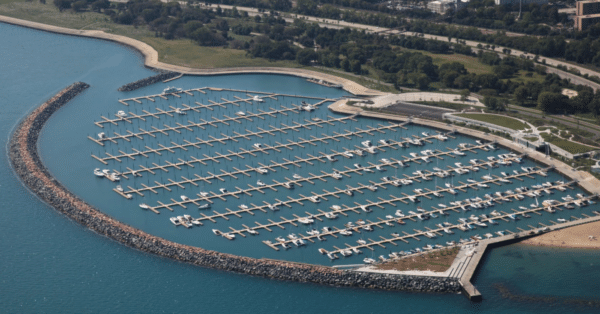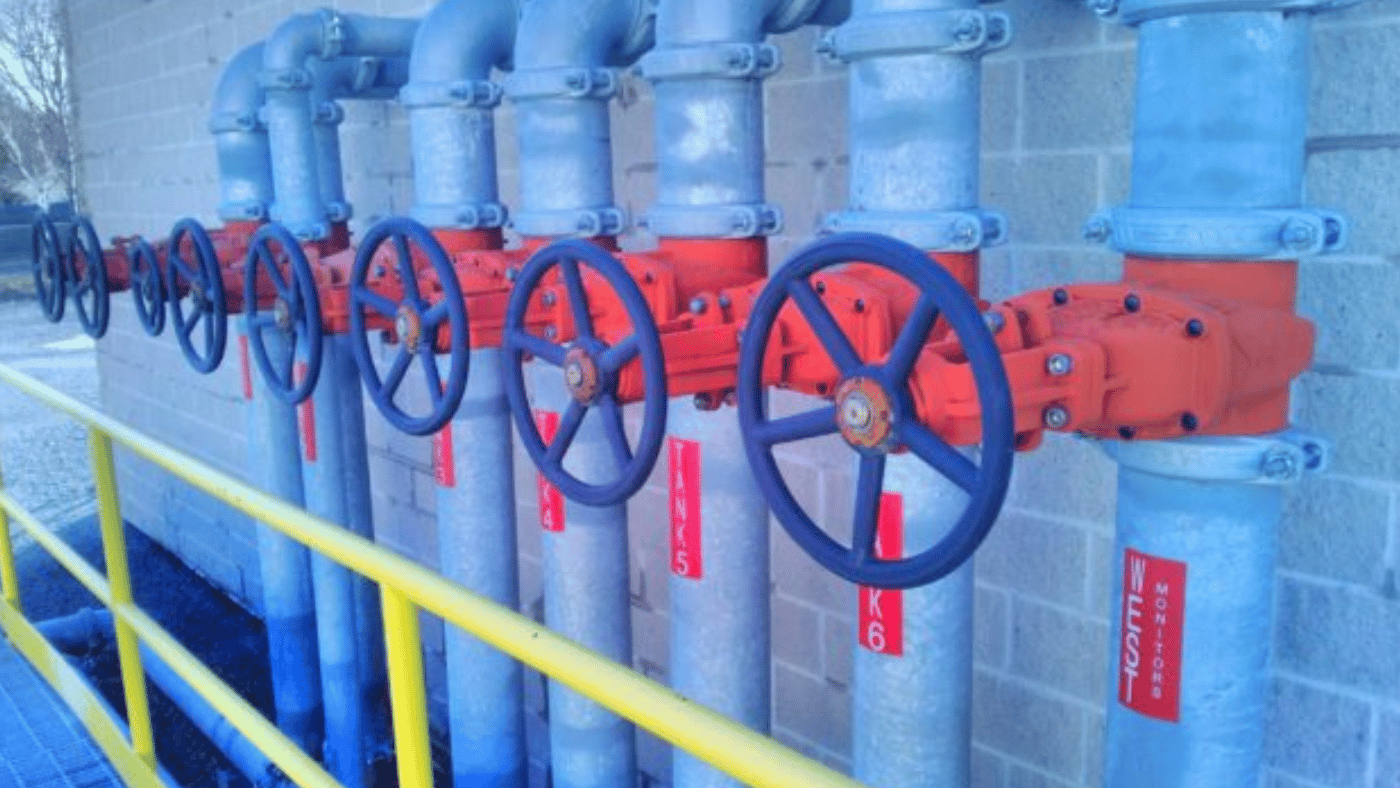The design and engineering of fire protection systems including firewater distribution network systems is often an involved process that takes into consideration applicable codes and standards, industry best practices, and facility or building operations; just to name a few. This article outlines firewater systems design criteria, a bit about the piping and distribution network systems, as well as pump systems. Last, we discuss specific firewater systems considerations for the oil and gas industry.
FIREWATER SYSTEMS DESIGN CRITERIA
Design criteria for firewater systems are typically prepared in accordance with all applicable codes and standards including National Fire Protection Association (NFPA) codes and standards, local building code and fire protection code requirements, insurance requirements (where applicable), as well as in accordance with industry best practices. The design criteria prepared for each system should consider the optimum fire protection system design which is code compliant, practical and “constructible” for the specific facility, and is a design that will provide the best safety and protection for personnel and property. In addition, best industry practice in firewater system design considers emergency response planning and firefighting perspective into system designs.
PIPING AND FIREWATER DISTRIBUTION NETWORK SYSTEMS
The core of all firewater systems is the water supply network. When designing these systems, fire protection engineers account for the proper distribution and adequate hydraulic flows throughout the facility. Hydraulic modeling software is often used to ensure adequate water flow and pressure in each point of the network. A few of hydraulic modeling software that are on the market include: SprinkCAD, PipeNet, AutoSPRINK, and AFT Fathom.
FIRE PUMP SYSTEMS
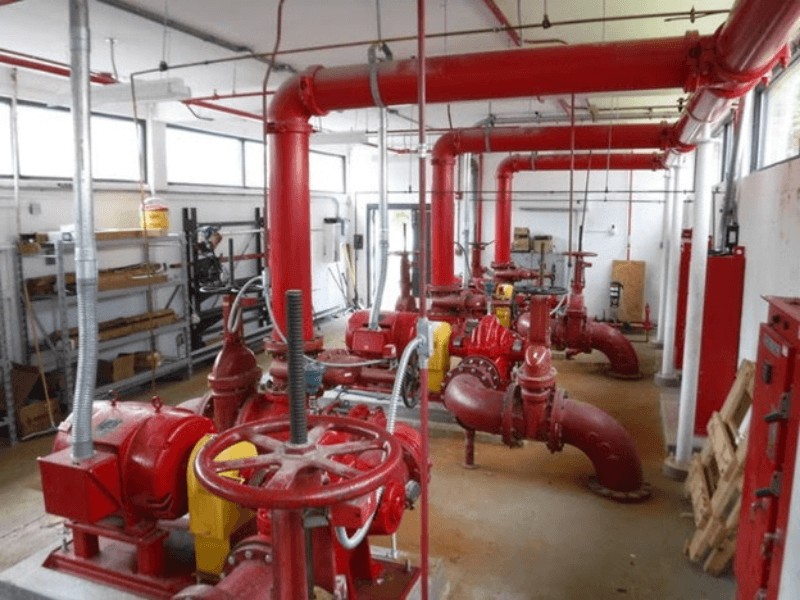
A good fire protection engineer and designer will always strive to design firewater systems that are simple and do not require fire pumps or other mechanical components whenever possible. However, when fire pumps are required based on firewater demand and available water supply pressure, designs will include the necessary calculations and specification to determine the proper sizing and adequate type of fire pumps in order to meet the firewater demand and code requirements for each specific project. This includes diesel and electric pumps, N + 1 designs for redundancy, electrical power reliability analysis, and specification of fire pump locations for a variety of water sources including wells, surface water, municipal water, and tank supplies.
FIREWATER STORAGE TANKS
Oftentimes when projects are in remote locations with a limited water supply, a firewater storage tank is required to provide water for the facility. An experienced fire protection engineer will size firewater storage tanks based on an analysis of the firewater demand requirements and specifies the tank size, pipe sizing to and from the tank, as well as refill rates as required by code.
FIRE SUPPRESSION SYSTEMS DESIGN
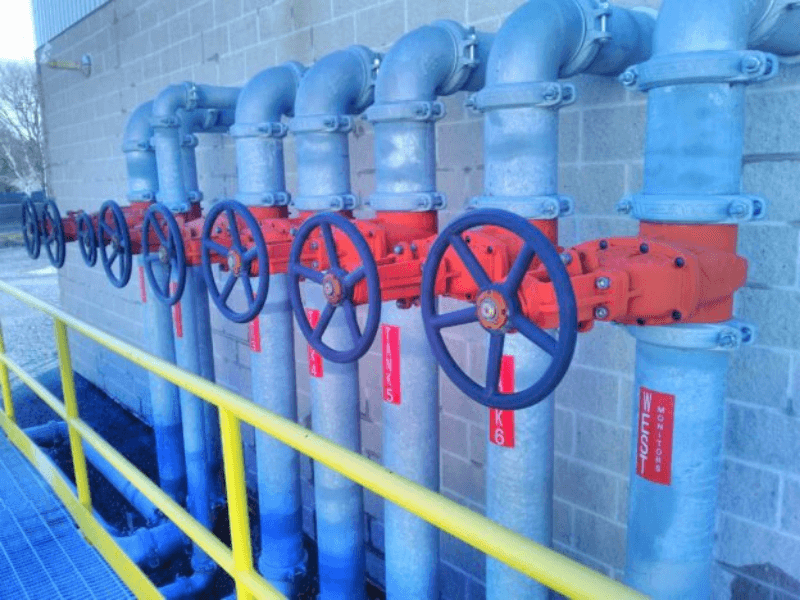
Beyond the water supply and distribution network, firewater systems are designed for the specified protection requirements such as fire suppression or cooling water. These designs are based on a number of factors including, but not limited to, the following:
- Review of the commodities stored
- Existing facility conditions
- Available water supply
- Expected radiant heat exposure
- First responder capabilities
- Other supporting factors
Water-based Fire suppression systems include fire sprinkler systems, fixed and semi-fixed tank systems with and without foam, tank cooling water systems, water mist systems, etc.
It may not be necessary on all designs, but hiring a fire protection engineering team who have extensive experience in preparing not only fire sprinkler design, but also the design of numerous other suppression systems including aircraft hangar suppression (high-expansion and low-expansion foam), tank suppression and cooling systems, and draft curtains may be appropriate for some building types. Specialized knowledge may be required to prepare systems design for commercial, residential, governmental, and oil & gas facilities including processing plants.
FIREWATER SYSTEMS IN THE OIL & GAS INDUSTRY
The Oil & Gas Industry is one area where experienced fire protection engineers are critical, because the design basis of these systems often are not prescriptively determined by codes, but instead driven by risk analysis and performance-based design. Oil & Gas facilities include LNG, LPG, fuel terminals, onshore and offshore facilities, and processing plants.
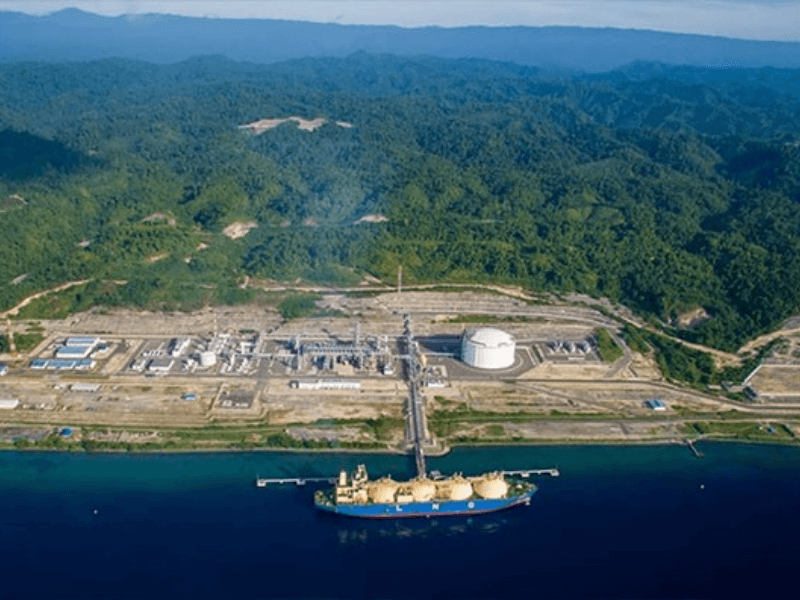
Preparing the proper firewater system design for an oil and gas facility, specifically those such as LNG processing and storage facilities, require an expert understanding of the applicable codes and standards including NFPA and building code requirements, as well as industry best practices. Additionally, facilities with large amounts of flammable and combustible materials pose a complex challenge for the design of effective and efficient firewater systems.
For these site types, each design requires specific attention to the code requirements, use of industry-leading software, and an experienced fire protection engineer.
HOW VERTEX CAN HELP
If you are interested in learning more on our Fire Protection Engineering and Consulting Services or are interested in speaking with an Expert, contact us with your inquiry.



